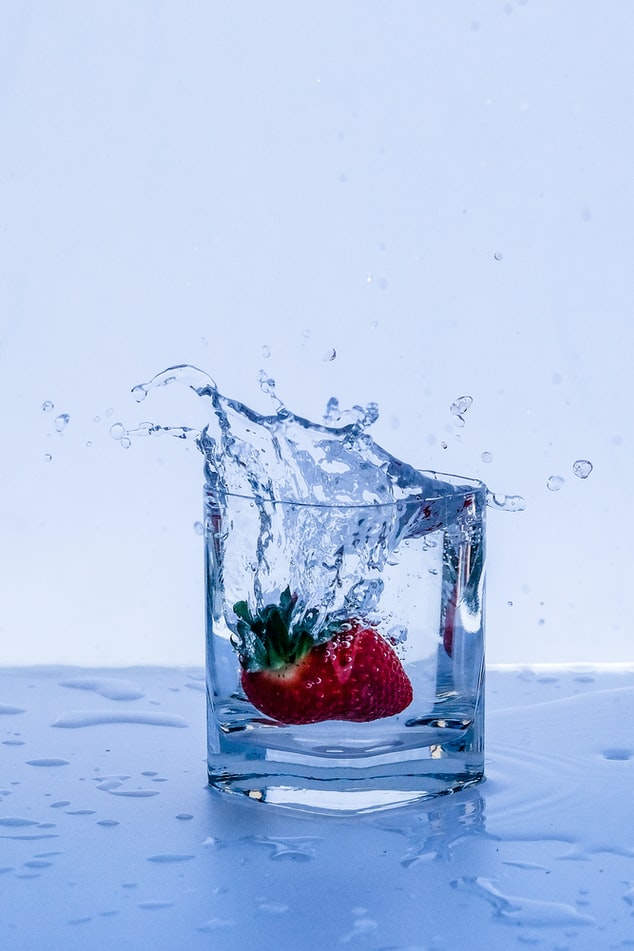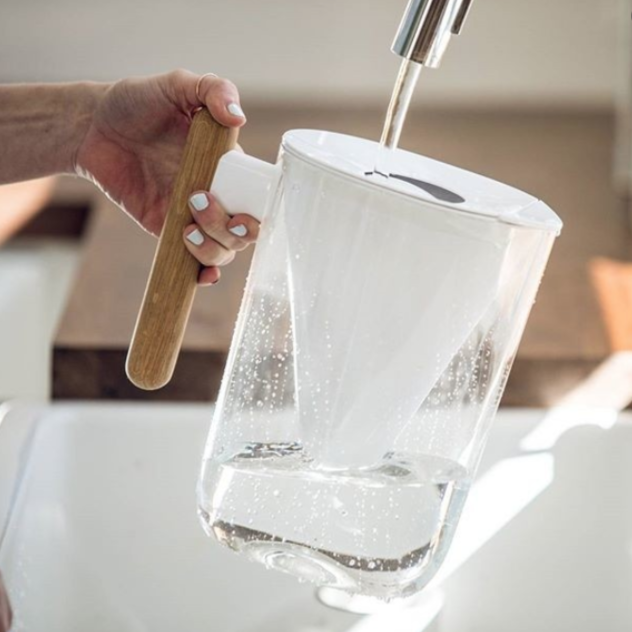Many of today's water filter systems come with Fluoride removal with reverse osmosis filtration. The technology allows you to relax and not worry about pollution problems in your water!

Thanks to reverse osmosis, the water you use for drinking and sanitary purposes is much safer and purer. But what is reverse osmosis? How exactly does it work? We will answer these questions and learn more about other related things in this article.
Reverse osmosis
In today's modern and technology-rich world, there are many water treatment processes. Reverse Osmosis Filtration is one of those approaches. The process involves a semi-permeable membrane that removes contaminants and other undesirable compounds from unfiltered water. The water then flows into another concentrated part of the device where pollution control continues. The result is clean and safe drinking water and other uses. Permeate is the term for the resulting water, while brine or waste is the term for the concentrated or leftover water.
Reverse osmosis contaminants eliminated
Reverse osmosis is highly efficient at removing dirt, microorganisms, grime and chemicals. Some of these chemicals include the following:
- chlorine
- fluoride
- chrome
- Salts
- arsenic
- Sediments
- carbon
- Nitrates
Where can reverse osmosis systems work?
You have the freedom to install a reverse osmosis system in any location that requires water filtration.
- Pools and bathhouses
- Ice machines
- Aquariums
- Well water
- Industrial and commercial environments
- Treatment plants
- RVs
The parts of a reverse osmosis system
A reverse osmosis filter is made up of a number of parts, each with its own specific function or use.
Feed solution
The feed solution is where the water comes from. It is a part of the system that has gone through several chemical treatment processes.
Central tube
The central pipe manages where the water flows through the sections of the reverse osmosis membrane.
Brine seal
The brine seal acts as a barrier that prevents water from getting through the feed solution.
Permeate collection material
This part of the reverse osmosis system collects permeate or the final water product.
Reverse osmosis membrane
Reverse osmosis membranes are thin, film-like composite materials. The membrane is one of the most necessary parts of the whole system. Its function is to reject any form of contamination in the water.
Feed Channel Spacer
Channel spacers are located between the membranes. They act as turbulence promoters to support the entire filtration process.
Outer packaging
The outer shell is responsible for protecting the membranes and other elements. You can use a different type of wrap. However, it depends on the type of water you are processing.
How reverse osmosis works with a water filter, step by step
Here's a simple overview of how reverse osmosis works.
- The first step is for the water to enter the filter system, which undergoes pre-filtration. All traces of chlorine and sediments are removed. This part keeps the osmosis membrane safe and free from damage.
- In the second part of the process, the water enters the reverse osmosis membrane. The membrane removes dissolved particles. These particles are microscopic.
- Finally, the water goes into a storage tank. The water stays there until you open one of the hoses or taps on your setting. The water is passed through an additional post filter to make it as safe, pure and clean as possible.
The benefits of reverse osmosis
Reverse osmosis water filters in your commercial or home environment would be one of the most beneficial investments you can make. Here are the advantages of one.
- The system dissolves all solids in the water. You get healthier and safer water as a product.
- Reverse osmosis filtration systems improve the overall quality and taste of the water you drink.
- It removes any smells and tastes that may be present.
- Reverse osmosis systems are easy to install. You can set one up in less than a day.
- These systems can outperform bottled water and are the greener option.
- Most reverse osmosis filters fit into any setting.
- Maintenance is not a problem.
- They are cheap and inexpensive.
The disadvantages of reverse osmosis filters
Every object in the world has its share of positive properties. The same goes for negative ones. Here are some of the negatives of a reverse osmosis system.
- The system takes a lot of energy to get it running.
- A lot of pressure is required for the system to work efficiently.
- There is a chance that the water you are filtering could become acidic. This chance would be the result of eliminating all mineral content in the water beforehand.
- The system can also get rid of healthy minerals. Some of these minerals include calcium, manganese, lead, zinc, selenium, and iron. The body needs these minerals to function properly.
How long does a reverse osmosis filter last?
Your filtration system can last for at least ten to twenty years. You, the owner, can achieve this if you use the filter with caution. Also check from time to time for any damage. If necessary, consider replacing parts. Contact your filter manufacturer for further instructions on how to make your device work and last longer.
Take that away
You will find that there are other alternatives to a reverse osmosis filtration system on the market today. Some of them are expensive and some are not. Don't get us wrong. These other options are all wonderful in their prime. However, a reverse osmosis system is one of the best options. This makes your drinking water much cleaner and safer. You will have a significant improvement in health, and this aspect is a plus for people with health problems. You don't have to spend thousands of dollars to install and maintain one. You can use it commercially or privately. Finally, the system can last as long as you properly maintain it.
So better say your final goodbyes to all of your safe and clean water problems. Such a system is a win-win situation if you ask us.
Related article:






